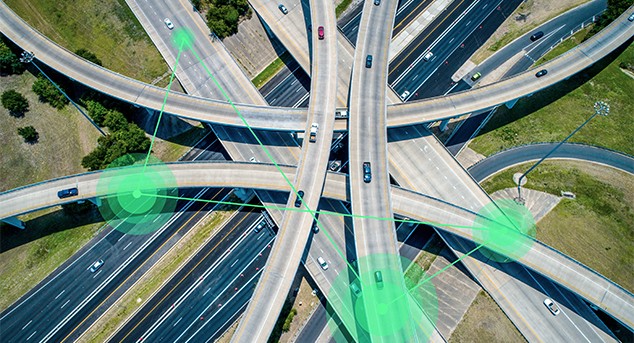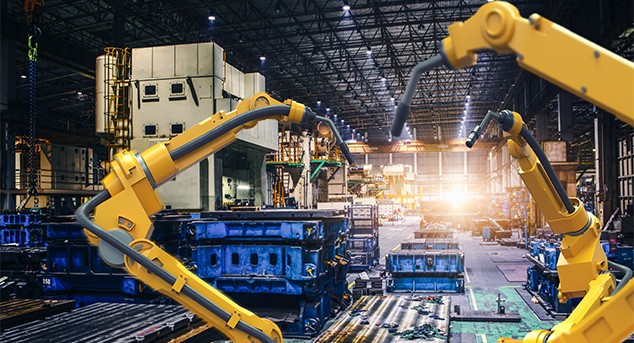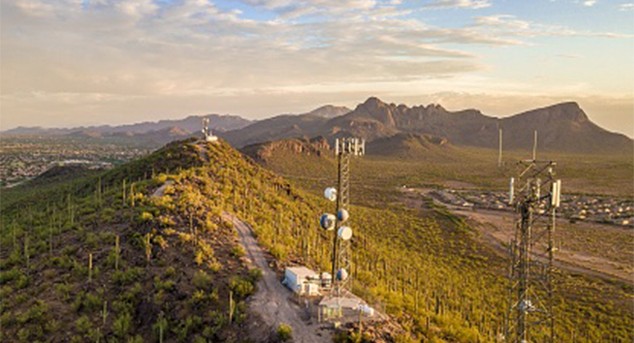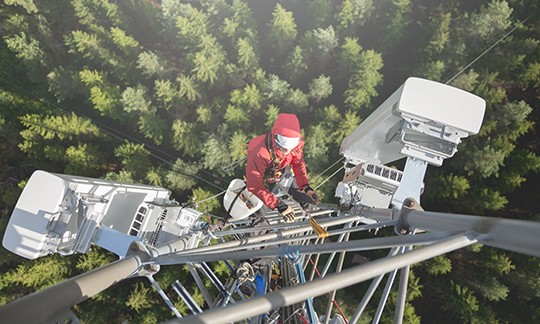
5G Isn't For You
BUSINESS INSIGHT
5G AND 6G TECHNOLOGY | 7 MINUTE READ
5G isn’t for humans, but it will make human life better. As 5G extends well beyond wireless devices, let’s talk about who — or rather, what — it’s for.
This whole time you were thinking 5G was for you, right? I hate to be the one to break it to you, but it’s not. 5G isn’t for humans. So if it isn’t meant for us, who — or what — is it for?
5G is for machines. Motors, gears, CPUs, GPUs, actuators and sensors: these are the familiar components that make up the modern machine. However, most machines have lived a life of solitude. We've taken our devices and machines for granted by reserving the Internet for our use only without realizing how much better our lives would be if machines could connect to us as well as to each other more effectively. Enter 5G.
5G is not limited to your wireless device. It’s for your car, the tractor harvesting a wheat field, the high-speed train carrying commuters to work and the refrigerator at the grocery store — all the technology that makes your life better.
What’s in a Name?
5G is the 5th generation global wireless standard after 4G. It has been portrayed as the next evolution of mobile broadband. And although 5G does enhance the mobile broadband experience for most users, its impact is much bigger than that.
For the typical mobile device user, adding 5G is like upgrading your city’s infrastructure from a two-lane country road to a modern highway. It will enable individual users to drive faster, but it does so much more. Just like a highway offers higher traffic capacity, 5G offers higher network capacity. This higher capacity is necessary because all our machines will need to connect to our networks. In addition to higher network capacity, 5G ushers in another critical shift in dramatically reduced latency.
Latency is the delay between command and response. You experience poor latency (that is, longer wait time) when your online video game lags or when you press a button on your TV remote and the channel doesn’t change immediately. Systems that are fast moving or critical don’t work well with lag.
With more bandwidth, lower latency and the convenience of wireless, 5G will drastically change (for the better) the jobs that machines do for us. Let’s take a closer look at how 5G-connected machines can improve automobiles, factories, agriculture and medicine.

5G Is for Cars
For decades, cars have “felt lonely.” That’s because their connections have been limited to radio stations and the occasional garage door opener. But by connecting cars to more technology and expanding their “social network,” they can do much more, like keeping us safe. Enter autonomous driving.
As new automobiles become electric and are equipped with cameras for enhanced vision for advanced driver safety systems (ADAS), additional work is underway to implement what the auto industry is calling vehicle-to-everything connectivity, or V2X.
A car cannot “see” what’s around the corner or behind a building, but it can “hear” what’s nearby if other cars are able to “talk” to it. V2X — enabled by 5G — offers the auto industry this capability, and it’s just the beginning.
Before new cars can receive their first 5G signal, they must first come off the manufacturing line from an ever-advancing facility that’s also ready to reap the benefits of this level of connectivity: the factories.

5G Is for Factories
The manufacturing industry is responsible for providing consumers with access to affordable, reliable and sustainably-made products. Doing so is a tremendous task, but soon, 5G will offer factories of the [near] future a myriad of positive and impactful changes to help facilitate and improve operations.
For example, manufacturing can look forward to the remote control of heavy machinery, augmented and virtual reality and fully autonomous factories as 5G enabled connectivity permeates every machine inside of factory walls — not to mention the factories themselves. This means the factory will know when it’s about to break and when it will be late making a product ahead of time. After products are created, the smart and connected factory will know exactly where the products are going. The advanced factory will also help with shipping, which is an important step toward an entirely connected supply chain.
The agricultural industries can expect similar enhancements with the advent of 5G-enabled connectivity. Now let’s head to the farm.

5G Is for Agriculture
Smart farming refers to the managing of farms using connected technology to increase the quantity and quality of products while optimizing required human labor. 5G increases the efficacy of the smart farm exponentially. Examples of how a highly connected smart farm operates include:
- Autonomous harvesting equipment, which ensures precise driving lines to protect the ground
- The optimization of water, which is becoming more and more precious in increasingly isolated environments
- The ability to monitor freshness, from the soil to the grocery store, substantially reducing waste
As farming continues to play a critical role in sustaining life on Earth, 5G will impact our health through advancements enabled by connectivity in life sciences. The doctor is in, sort of.

5G Is for Medicine
The concept of remote surgery, where a patient is in one place while the surgeon is in another, used to be the stuff of science fiction. As 5G connects more medical technology, remote surgery is turning into a reality, which is another use case enabled by reduced latency.
Remote surgery may seem dramatic, but in addition to increasing the availability of surgery, medical professionals can now be in multiple places at the same time. We’re already witnessing a rise in virtual doctor visits and checkups, for example, during the COVID-19 pandemic. The ability of the medical industry to connect across its network, to its data and to life-saving technology is more than just encouraging — it offers us a glimpse into what healthcare could look like in the future.
5G also enables aspects of health monitoring, which benefits everyone, including the elderly and disabled. Another example of connected technology with roots in science fiction is the monitoring of frequency waves in someone’s home to detect a sudden fall, thus signaling an emergency alert.

5G Is Now
As we have seen, 5G has many use cases, and data is helping many industries make strategic decisions around 5G that will help ensure their success. But one question remains: when can we truly experience 5G’s full potential?
When it comes to 5G and everything it impacts, we simply don’t want to wait any longer. That’s why NI and the companies we work with Engineer Ambitiously™ to accelerate production timelines.
Sure, 5G will enhance our wireless devices, but we’re driven by much more than that. We believe in a connected world that leverages all aspects of 5G and beyond. We believe that now, more than ever, is our time to build a future we can all believe in through advanced connectivity. 5G has the power to improve the lives of everyone everywhere, and we’re dedicated to making that happen.


